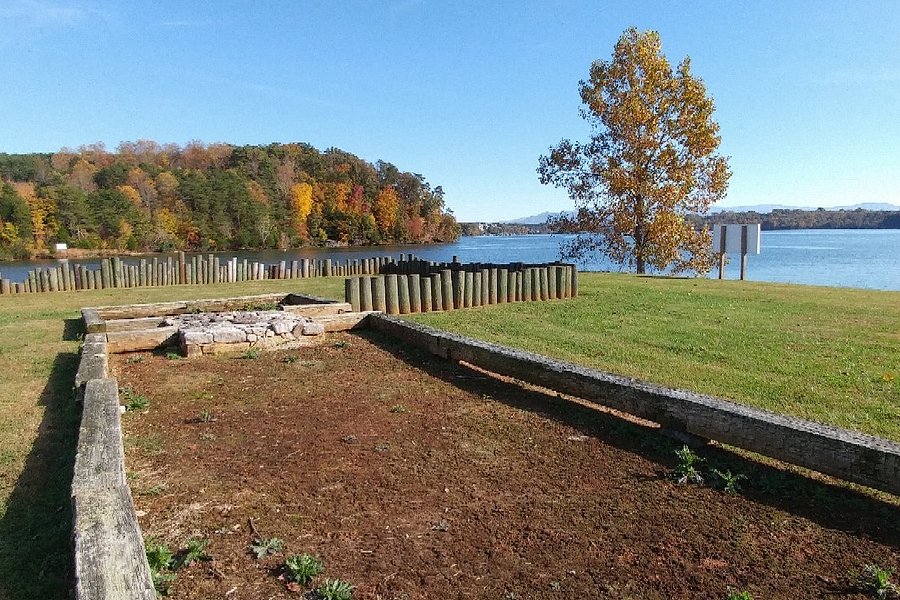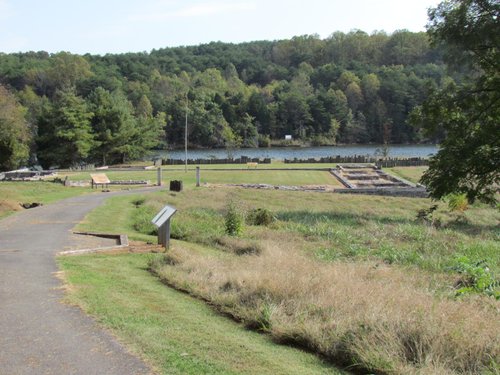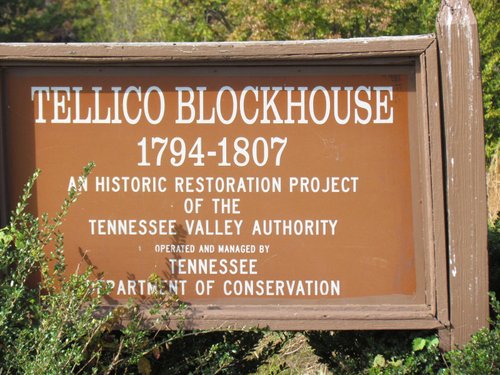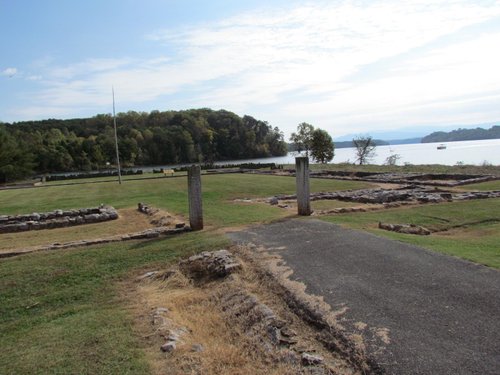Tellico Blockhouse State Historic Site, Tennessee, United States
4.0 (11 reviews) Spent Ranking #4 in Vonore Points of Interest & Landmarks

Very Important Historic Site
Tellico Blockhouse was constructed by the United States in 1794 and was occupied until 1807. It stands across the Little Tennessee river, at the confluence of Nine Mile Creek, from Fort Loudoun, a British fort which was in ruins by the time the Blockhouse was erected. It served as a peacekeeping force between the Cherokees and the settlers, as a trading post, and as a factory where Cherokees could learn mechanical arts and spinning and weaving cloth. The present site only lays out the foundations of the original fort and its components. It was a very important site in the on-going relations between the newly formed United States and the Cherokees, who signed treaties here ceding tracts of land in Tennessee and Georgia. It should be included in any visit to Fort Loudoun. It has ample interpretative signs.





Address
Off Highway 411, Vonore, Tennessee, United States.
Mobile
Website
http://fortloudoun.com/tellico-blockhouse
Current local date and time now
Saturday, May 11, 2024, 2:51
User Ratings
4.0 based on (11 reviews)
Reviews
-
4Judy L 5:00 PM May 20, 2016
Learn The History
As another review said "Not much to see", this may be true if you do not try to learn at least a small amount of history about this spot. Completed in 1794, the blockhouse operated until 1807 with the purpose of keeping the peace between nearby Cherokee towns and early Euro-American settlers in the area in the wake of the Cherokee–American wars. The Tellico Blockhouse was the site where several treaties were negotiated in which the Cherokee were induced to cede large portions of land in Tennessee and Georgia. During this period, the blockhouse was the site of official liaisons between the United States government and the Cherokee Indians. If you take the time to read, and learn the history, you will appreciate what you see a little more.
-
4NatureChaser 5:00 PM Sep 11, 2015
Tellico Blockhouse: A Cherokee Trading Post and Factory
The site contains the excavated remains of the Tellico Blockhouse. It was built in the late 1700's and served as a re-education facility for the Cherokee Nation. It was the plan of the U.S. government to have the Cherokee live like the white man. As a trading post, the Tellico Blockhouse offered trade items for hides. Furs and hides were the primary currency that the Cherokee could barter with. Through years of such trade the fur-bearing animals of the region were decimated. This trade had an economic and environmental impact on the area. The Tellico Factory offered a solution when spinning wheels, cotton seed, looms, and training were brought to the Cherokee at the Tellico Blockhouse. Much of the Little Tennessee River Valley was planted in cotton. This new commodity took some of the stress off of fur bearing animals and provided the Cherokee with a valued item of trade. From this location you can look across the lake and see Fort Loudon.